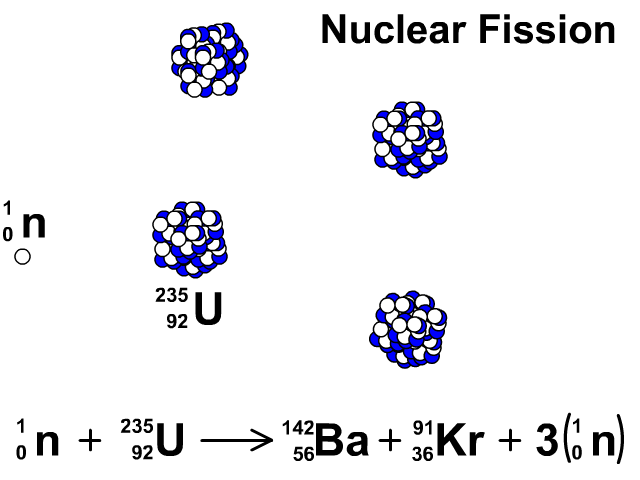

In this instance, organic matter such as wood or natural gas is burned and converted into CO 2 (see Figure 1). The basis behind running a fossil fuel power plant can be illustrated by examining a typical fire. Nuclear energy and fossil fuel energy have similarities in the way they are extracted. In order to assess whether such notoriety is deserved, we need to learn about the physics of nuclear power and compare the statistics of its supposed dangers with that of existing energy sources. Yet there has historically been a strong anti-nuclear movement in the US, and the sentiment is still somewhat present today, as demonstrated by closures of nuclear power plants and stances held by prominent political figures such as Vermont Senator Bernie Sanders. The US, currently the world’s largest producer, relies on nuclear energy for 20% of its overall electricity generation. Fear for Chernobyl and Fukushima-type catastrophes exacerbate the unpopularity of going nuclear. Yet, unlike its fickle counterparts, nuclear energy is subjected to hostile attitudes adopted by a number of governments in the world which restrict the building or continual operation of power plants. In this context, nuclear energy is the main alternative energy source that works. Ideally, we’d have a source that doesn’t emit CO 2 and is consistently reliable this is known as a baseload energy source. However, it is a challenge to replace the constantly running fossil fuel power plants with sources that are intermittent. This isn’t to say relying solely on renewables is impossible or even unrealistic with some clever storage and transportation strategies. The wind isn’t always blowing days aren’t always clear and sunny. The first two are certainly alluring, attracting the investment of a lot of government money worldwide. The main alternatives are solar, wind, and nuclear. Given that, in 2015, we released 2 billion metric tons of carbon dioxide (CO 2) from electricity generation alone, and fossil fuels accounted for over 99% of these emissions, a great place to start would be to begin replacing fossil fuel power plants with alternative energy sources. In light of all of this, the United States recently ratified the Paris Climate Agreement, which means we are committed to significantly reducing our carbon emissions. Furthermore, the US Department of Defense has officially stated that climate change poses a serious national security threat. No scientific organization of national or international standing disputes this. According to the Intergovernmental Panel on Climate Change, it is extremely likely that the rising global temperature trends since the mid-20 th century is dominantly due to human activity.
#Fission energy full
When powered by carbon-free nuclear energy, electric vehicles can reach their full potential.The United States emits an immense amount of carbon dioxide into the atmosphere. Electrified transportation promises to reduce carbon emissions. Nuclear energy helps developing nations meet sustainable development goals. Nuclear boosts international development.Nuclear energy provides power 24/7 without a trace of those pollutants. Nitrogen oxide, sulfur dioxide, particulate matter and mercury: all things you don’t want in the air you breathe. Nuclear energy provides more than 100,000 well-paid, long-term jobs and supports local economies with millions of dollars in state and local tax revenues. infrastructure because it runs nonstop for 18-24 months at a time. Clean, reliable nuclear energy is a critical part of U.S. Around-the-clock electricity is a must for our nation to prosper in the 21st century. Nuclear produces electricity reliably.The United States pioneered nuclear energy for the world and, with continued leadership, can respond to growing clean energy demand worldwide with advanced reactors. Nuclear energy provides large amounts of 24/7 carbon-free electricity now, which is irreplaceable in protecting the environment.

leadership in nuclear energy maintains safety and nonproliferation standards globally, supports a resilient electrical grid at home, and fuels a strong navy. Its unique value cannot be found in any other energy source. Nuclear energy offers many advantages as the emissions-free workhorse of our energy grid. These plants are always on: well-operated to avoid interruptions and built to withstand extreme weather, supporting the grid 24/7.Īll that power and potential from a tiny atom. Ninety-two nuclear reactors in 28 states generate nearly 20 percent of the nation’s electricity, all without carbon emissions because reactors use uranium, not fossil fuels. Nuclear energy comes from splitting atoms in a reactor to heat water into steam, turn a turbine and generate electricity.


 0 kommentar(er)
0 kommentar(er)
